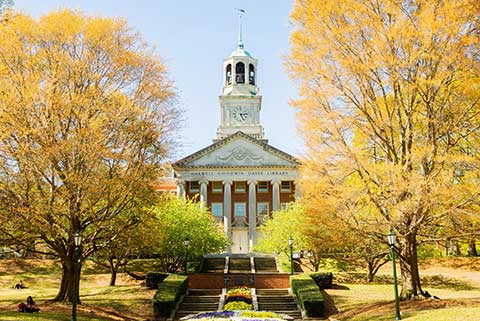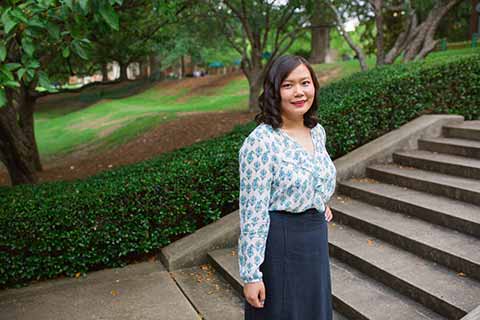Journalism and Mass Communication Major | Samford University
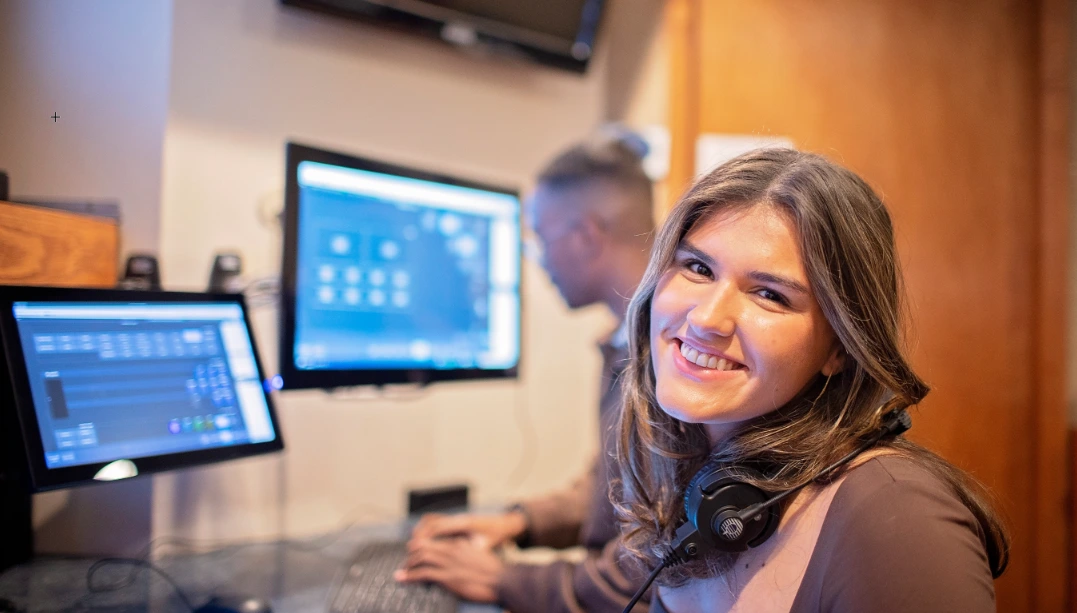
Is This Program for Me?
Are you curious, creative, and passionate about telling stories that matter? Do you enjoy writing, speaking, producing content, or analyzing media trends? Are you drawn to the fast-paced world of journalism, broadcasting, advertising, or public relations?
This program is a great fit for students who are:
- Eager to inform and engage audiences through print, digital, and broadcast media
- Interested in careers in news, advertising, PR, social media, or sports communication
- Driven to use communication skills to impact culture, business, or public policy
- Excited by hands-on experiences that prepare them for real-world media careers
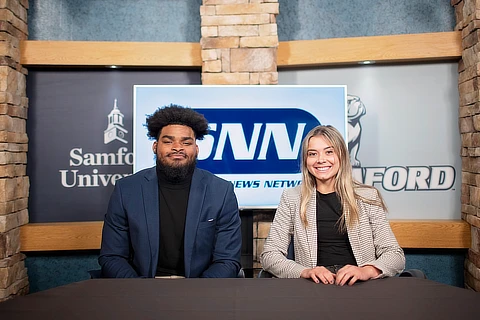
What Will I Learn?
Our curriculum is designed to equip students with the essential skills, ethics, and versatility required in today’s media landscape. You’ll gain proficiency in writing, editing, production, strategy, and communication design across multiple platforms.
Students Will
- Write and edit for print, broadcast, and web
- Produce video and multimedia content
- Plan and execute advertising and PR campaigns
- Manage social media and digital storytelling
- Understand media law, ethics, and strategic communication
Minors
- Film Production
- Sports Media
Concentrations
- Advertising – Campaign creation and marketing communication
- Broadcast and Electronic Journalism – Radio, television, and video production
- Print Journalism – Writing, editing, magazine, and digital publication
- Public Relations – Crisis communication, brand management, and media relations
Alumni Careers
- Education
- Government and Nonprofit Communication
- Journalism (TV, radio, print, digital)
- Law
- Marketing
- Ministry
- Public Relations and Advertising
- Sales
- Sports and Entertainment Media
“By providing an open floor for people to communicate their perspectives on various topics, the curriculum prepares us well for our future careers.”
— Akeim Thames ’25, Broadcast Journalism
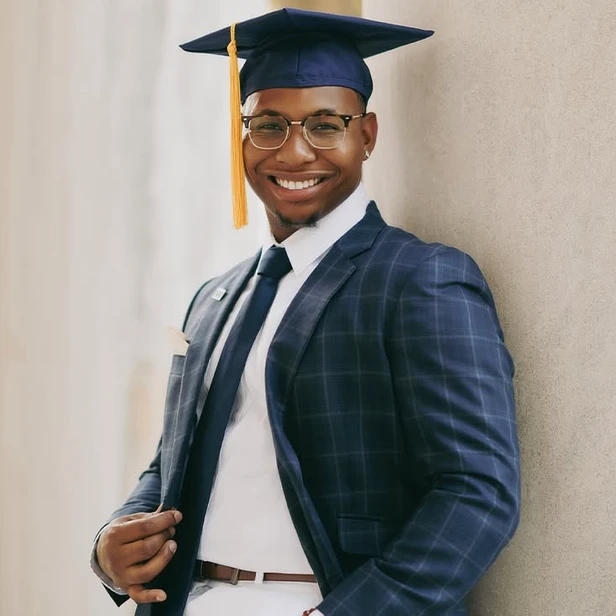
What Makes Us Different?
Award-Winning Program
Ranked #1 journalism program in Alabama for seven consecutive years.
Alumni Network of Media Leaders
Our graduates work at The Washington Post, ESPN, CBS 42, and beyond.
Deep Internship Integration
Students complete 2–3 internships, often leading to full-time jobs.
Hands-On Experience from Year One
First-year students often publish their first byline or produce their first broadcast within weeks of starting the program.Multiple Concentrations
Choose a focus in Advertising, Broadcast and Electronic Journalism, Print Journalism, or Public Relations.
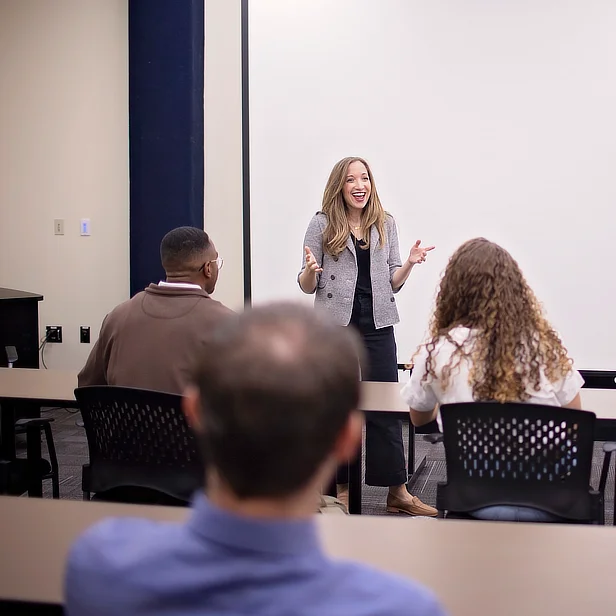
Career Preparation
Our JMC graduates leave Samford with a résumé full of real-world experience and a portfolio that proves they’re ready. Whether your goal is a newsroom, agency, nonprofit, or your own startup, you’ll have the tools to thrive.
Internships at Top Organizations
NBC 13, CBS 42, Markstein, SEC Headquarters, American Heart Association, The Washington Post (fellowship), and more.
Portfolio Development
Senior students build a professional portfolio showcasing their best writing, design, and multimedia work.
Mentorship and Job Placement Support
Faculty with industry experience help connect students to opportunities and alumni networks.
Application Information
Freshman applications for next fall are open.Freshman Early Action applications close November 1st.The freshman first scholarship deadline is December 1st.Transfer applications for the spring semester close Dec. 15.Freshman FAFSA priority and scholarship deadlines are Feb. 15.Decision day is coming! Freshman applications for fall enrollment close May 1st.Transfer applications for fall enrollment close July 1st.Freshman applications for fall enrollment are closed. Applications for next year open August 1st.Transfer applications for fall enrollment are closed. Applications for next year open September 1st.
Cookie Preferences | Privacy Policy | Software Plugins
Microsoft Excel®
Microsoft Power Point®
Microsoft Word®
Adobe Portable Document Format


